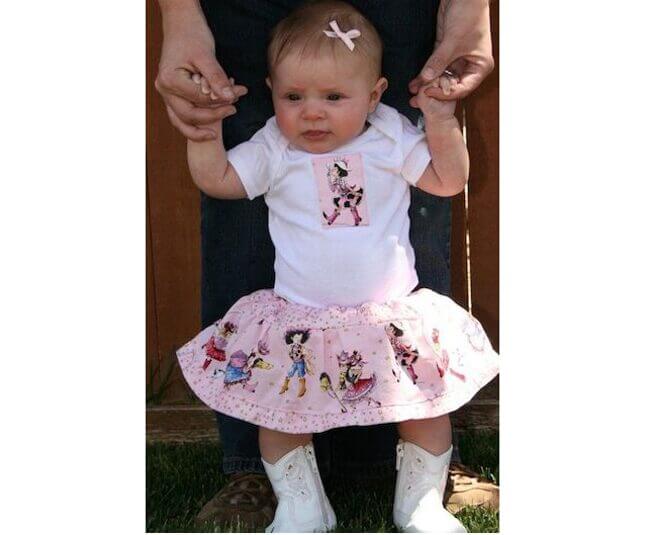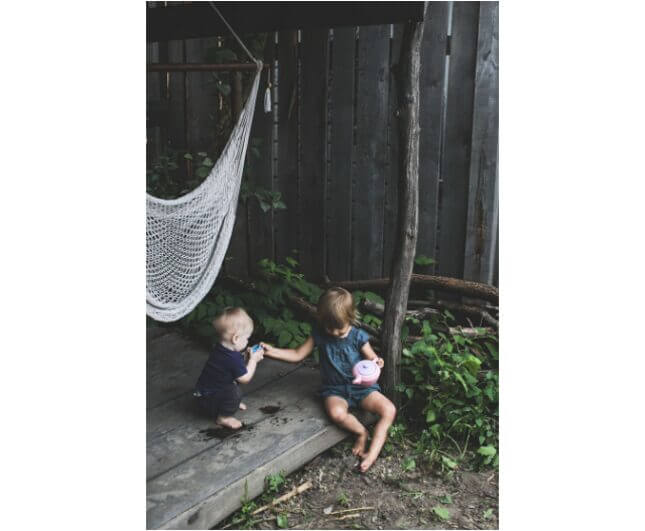What Are You Really Looking For in Other People's Baby Photos?
Latest

Remember Unbaby.me, a Chrome plugin that replaced photos of babies in your Facebook feed with photos of cats? When it launched in 2012, it was briefly a viral hit, racking up the likes, although it no longer exists today—probably owing to most people getting hip to Facebook’s “unsubscribe” option. Unbaby.me is a bit of an archeological relic of our Facebook past. A collective baby-photos saturation point had been reached, and a the populace needed to push back against the growing hegemonic presence of hetero family messaging. New parents were going on photo-posting sprees back in the early 2010s. No brakes! Twelve consecutive shots of your baby eating solid food for the first time? Sure, no problem. Daily photos of your baby toddling outside your apartment building, the only evident variation being the baby’s outerwear, depending on the weather? Circa 2010, that was not considered excessive or in poor taste.
In 2010, I think most of us were playing around more with the fun of sharing. We were, maybe, s a bit more ingenuous, a bit more sincere, less likely to cast an exacting editorial eye on our sharing choices. The change in our approach isn’t due to some tragic fall from grace. It’s just that we’ve all spent the past 10 years learning to be social media storytellers, and we’re getting more sophisticated at it. We’ve consumed a lot of media in the last five years, and it’s changed us.
Today, I observe a different habit among parents posting photos of their kids on Facebook and Instagram. The photos are fewer in number, but meant to communicate more information. Styling—and I think it’s not an exaggeration to call it that, even if we’re just talking about getting a kid to stand still in a particular place—is more evident now.
Parents have fundamentally good intentions when sharing photos of their kids on social media: Love, pride, a desire to keep far-flung friends and family in the loop. I don’t often share photos of my two kids—that’s more my husband’s grind—but I’m not about to make my family look bad when I do. But there are many shades of meaning beneath these good intentions. The way photos are read, and the messages people receive from them, say a lot about the anxieties and priorities of our time; the subtext is almost always class, by which I mainly mean leisure. A photo of a baby is in one light just a photo of a baby; in another, it represents where, how and with whom you spend your family time. Whether baby is shellacking his face with homemade veggie puree or going out for a stroll strapped to dad in the Bjorn, there is a lot more going on in most photos today than chubby cheeks.
To test this idea, I showed a group of people—parents and not-parents—two photos of kids that I found on Pinterest. I asked them what their reaction would be if these photos appeared in their feeds, and I asked them to describe what they think the people posting the photos are trying to communicate.
PHOTO 1:

Every single parent I spoke to said they had a “positive” reaction to this photo. There might have been a lack of enthusiasm—Mario said it looked to him like the kid’s parents were trying to hustle baby-cowgirl outfits (which they were; the photo is from an Etsy store)—but all agreed that a photo of a baby is never a bad thing. “I have kids. I like kids. I post my own kids’ pics all the time, especially when they’re wearing something cute that isn’t grimy, for a change. I get it,” replied Autumn.
The respondents without kids, however, were less charitable. Every single person without kids who reacted to this picture had either a muted positive response (“IDK, if I saw this in my feed I probably wouldn’t even notice”) to full negative (“IMHO this one isn’t that cute”). Patrick wrote, “The cowgirl outfit ‘combination’ is annoying. Putting some precious outfit on a kid says to me there is a vicarious motivation. The friend may be saying, ‘Hey look at this thing I am too self-conscious to dress up in, isn’t it cute? Please validate me!’”
But this photo didn’t elicit especially personal feelings because it doesn’t contain much information about the parents—it’s just a baby. Parents were more sympathetic to the baby-for-baby’s sake image, and non-parents were generally pretty unmoved, and focused on the baby’s outfit because it was the only source of contextual information.
The second photo I shared with the group represented a more of what I consider the contemporary, more meaning-laden style of kid photo. Again, parents tended to admire the photo, but both parents and non-parents identified signs of class as an important component of this shot.
-

-

-

-

-

-

-

-

-

-

-

-

-

-

-

-

-

-

-

-

-

-

-

-

-

-

-

-

-

-

-

-

-

-

-

-

-

-

-

-









































